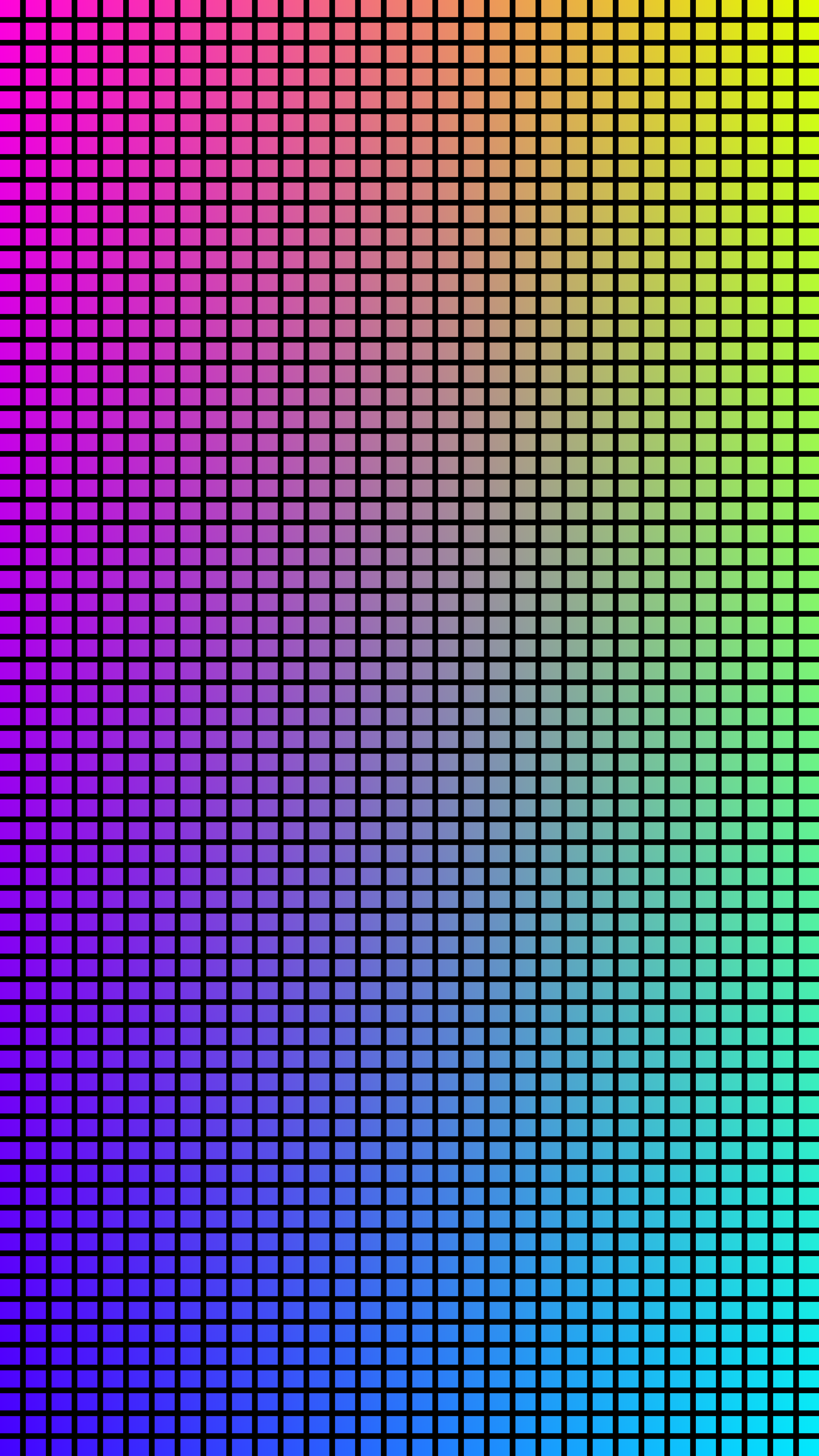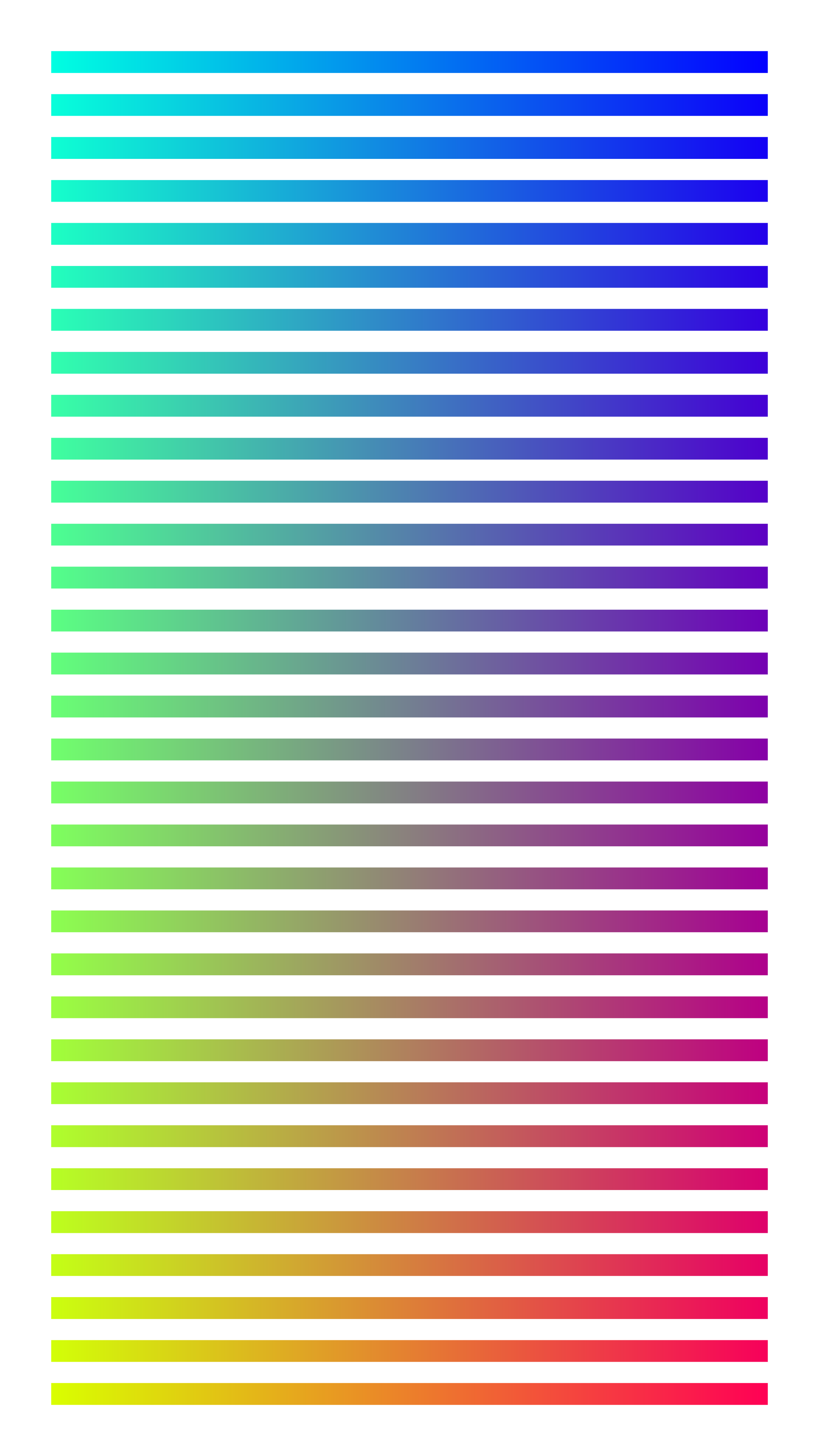JEFF DAVIS: CULMINATION
Part of a series of articles & interviews released digitally that were first published in the print edition of the Bright Moments Quarterly that was distributed at Bright Moments Paris in Paris, France in February, 2024.
Bright Moments: Hi Jeff! It’s great to have you with us for this interview. Reflecting on your journey through the seven cities with Bright Moments, how has your approach to generative art evolved? Can you share some insights into how your style or methodology has changed?
Jeff Davis: Certainly, there have been a couple of significant shifts in my approach. Initially, my NFT work was primarily focused on online display, while my physical practice was focused on exhibition. Working with Bright Moments has provided new opportunities to blend digital creativity with physical exhibition, even though the artwork remains in a digital format. This has opened up new avenues for my digital practice, turning each city and venue into a unique context for my projects. It has also provided a return to certain social aspects of my artistic process prior to NFTs, which has been rewarding.
Another big change in my work has been the shift from static art to time-based creations. Prior to Bright Moments, my work was generally static and two-dimensional. My first project for Bright Moments, Portal, introduced subtle animations, marking my first exploration into movement. The element of time, especially in relation to subtle color changes, has become a hallmark of many of my Bright Moments projects. This has been exciting territory to explore and develop over the course of my journey with Bright Moments.
Your work consistently explores the theme of color. What does color represent for you, and how do you approach the use of color in your projects?
My relationship with color is deeply rooted in my dual background in mathematics and fine art. I've always intertwined these two disciplines, approaching art mathematically, even before incorporating digital tools. This perspective manifests in two ways in my art: first, in the compositional division of space and shape, which is driven by numerical proportions and sequences, and second, in my approach to color.
Like geometry, I view color through a mathematical lens. In the digital realm, this becomes particularly natural, as colors are defined numerically on a computer. This numerical exploration of color has been a constant theme in my art. Before computers, I sought to create visually even steps of color through paint or ink; now, digital tools allow me to specify these relationships more precisely.
For the first 20 years of my professional life, I taught design basics and color theory at the college level and have authored textbooks on both subjects. Even outside of my own artistic exploration, these are areas of research that deeply interest me. I'm fascinated by how colors speak with one another, and the unexpected effects and relationships that arise when different colors are placed together. Despite the apparent boundaries of color, it feels like an infinite space once you start exploring how colors interact.
In your artistic journey, you've navigated from traditional mediums to a more digital-centric approach. How has this shift from analog to digital art forms influenced your creative process and the way you conceptualize and execute your projects?
Once I discovered the precision and accuracy possible with computers, I quickly moved away from traditional painting and printmaking. I initially used paint as a means to an end, to realize specific images I had in mind. However, I often found the imprecision of painting frustrating and sought new ways to properly execute my ideas. Despite improving my techniques for crisp lines and flat colors, the allure of digital precision was compelling, leading me to fully embrace computer-based art.
That said, I’ve always found it important to bring my work out of the computer. Before NFTs, I saw myself as a digital or generative printmaker. I would write algorithms to create series of works, but the process wouldn’t end there. I’d transform these digital creations into prints and seek exhibition opportunities for them.
I’ve circled back to this approach for a couple Bright Moments cities. Formation for the London collection and more recently Cuadro for the Buenos Aires collection were both print-forward projects. These algorithms were designed with the idea that the final expression would be the physical print, complemented by an associated NFT. The systems were specifically tailored for the works to be printed, framed, and displayed on a wall.
Could you tell us about the project you are working on for Bright Moments Paris?
This has been a particularly complex and meaningful project for me, as it represents the eighth and final piece in my Bright Moments tour. It’s a reflection on nearly three years of making art with Bright Moments.
The project is called Culmination, and it started as an ambitious idea to directly integrate elements from all seven of my past projects into a single work. Initially, I attempted this by combining pieces of my previous algorithms into a single script. For example, envisioning a composition like Portal but with an LED-style fill in the central square, or Reflection compositions reimagined with Inflection gradients. While this initial approach turned out to be somewhat unwieldy and lacked the overall coherence I desired, it did yield some interesting elements which warranted further exploration.
So, I revisited the concept, stripping it back to create a single engine that generates rows and columns of shapes that are colored in various ways. This new approach allowed Culmination to truly reflect all that I’ve learned, referencing elements from all of my projects in a more universal way. The project includes a range of shapes - from a single central figure reminiscent of Portal, to a dense grid akin to LED. The color treatment varies between flat colors, referencing projects like Formation and Cuadro, to gradients seen in Reflection, Inflection, and Transcendence. Culmination also incorporates margins, white backgrounds, and a static starting state as a nod to my print-focused projects. Outputs can also have full-screen views or black backgrounds, and they begin to animate over time, referencing my digitally native projects.
While my previous projects were deeply influenced by their specific locations, Culmination is more referential to the entire body of work I created during the span of my Bright Moments tour. It's a collective reflection that encapsulates the lessons and experiences I’ve gathered over the last three years, providing a unique vehicle to express this journey in a single, cohesive artwork.
Reflecting on your journey through these cities and art projects, what stands out as the most rewarding aspect for you personally?
There are a couple of things that really resonate with me. First is the unique experience that comes with each project reveal. As an artist, there's always uncertainty about how your work will be received. With Bright Moments, there's this magical moment during the reveal where both the artist and the collector see the work for the first time. Experiencing this in city after city, with diverse groups of people, has been incredibly special. It's the anticipation and excitement of these shared moments that I find so memorable.
Another rewarding aspect has been the opportunity to collaborate and connect with other artists globally. Many of the collections focus on local artists, so traveling and meeting these creatives, working alongside them, has been an enriching experience. For instance, I recall the recent talks in Buenos Aires where artists shared their journeys into digital and generative art, leading to NFTs. Their stories that originated on the other side of the globe mirrored my own experiences, underscoring the global nature of this artistic movement. The connection with artists around the world, coupled with the experience of minting and showcasing with collectors and enthusiasts, are true highlights of my journey.
I’d also be remiss if I didn’t use this opportunity to express my gratitude towards the Bright Moments team. They’ve been unbelievably supportive, always open to new ideas and explorations. Every request or suggestion I’ve had has been met with an enthusiastic yes, which is truly a gift for an artist. It’s been a genuinely fun and gratifying experience.
As you look to the future, what direction do you envision for your art? Are there particular projects or collaborations you're excited about exploring?
Collaborations have become a significant aspect of my work, especially since working with Bright Moments. This experience has been a form of collaboration in itself, coordinating with the team to understand the city and location for each project. For most of my career I’ve worked individually as an artist, but now I’m actively engaging in more explicit collaborations. A recent example is my partnership with DRIFT for Art Blocks and Pace Gallery. Collaborating with other artists is new and exciting territory for me, and it’s something I plan to explore going forward.
For the immediate future though, I plan to slow down a little bit. I know that for the Bright Moments team, the effort to set up in each city, execute the project, and then move on to the next has been immense. Artistically, I’ve been following a similar cadence. After the Paris exhibition, I look forward to spending time reflecting on this incredible journey and considering what comes next. Although I’ll miss the excitement of having regular projects in new, exciting locations, I'm also anticipating the freedom that comes with unstructured creative time. I see myself dedicating time in the studio to think, experiment, and explore creatively without specific outcomes for a while, as I look ahead to the next chapter in my artistic career.




